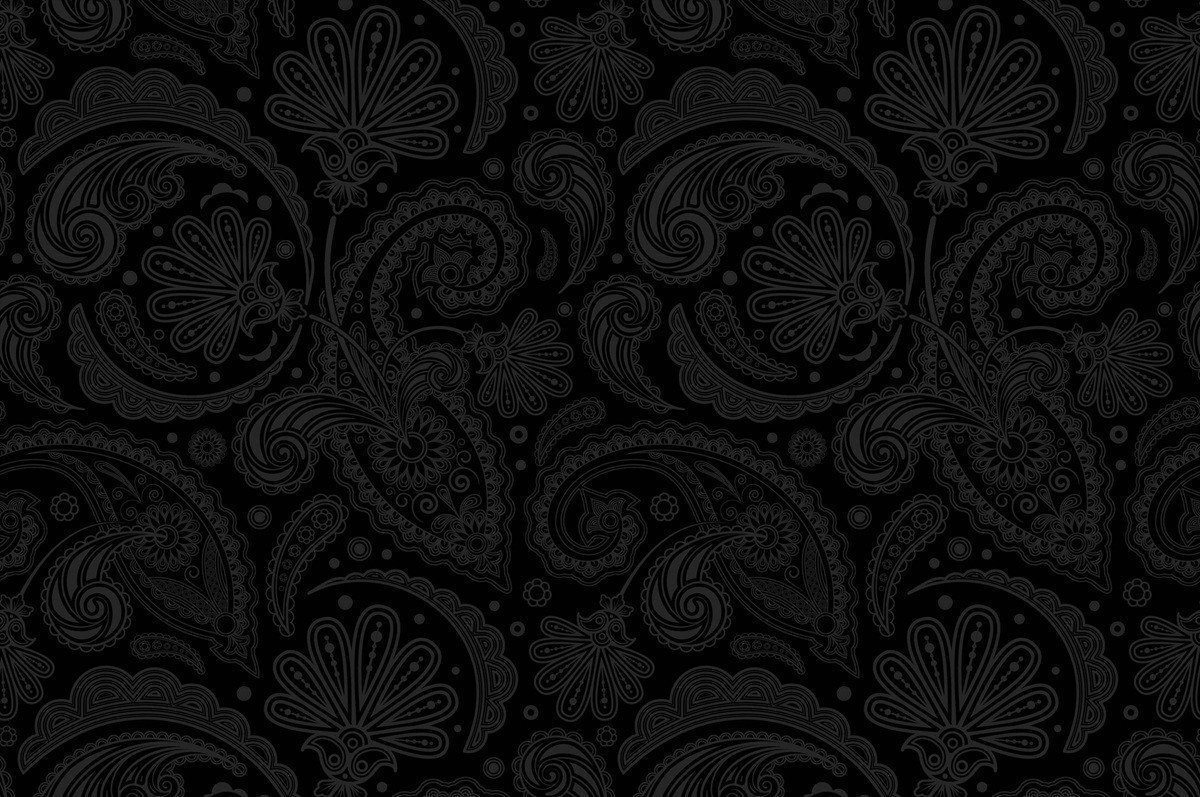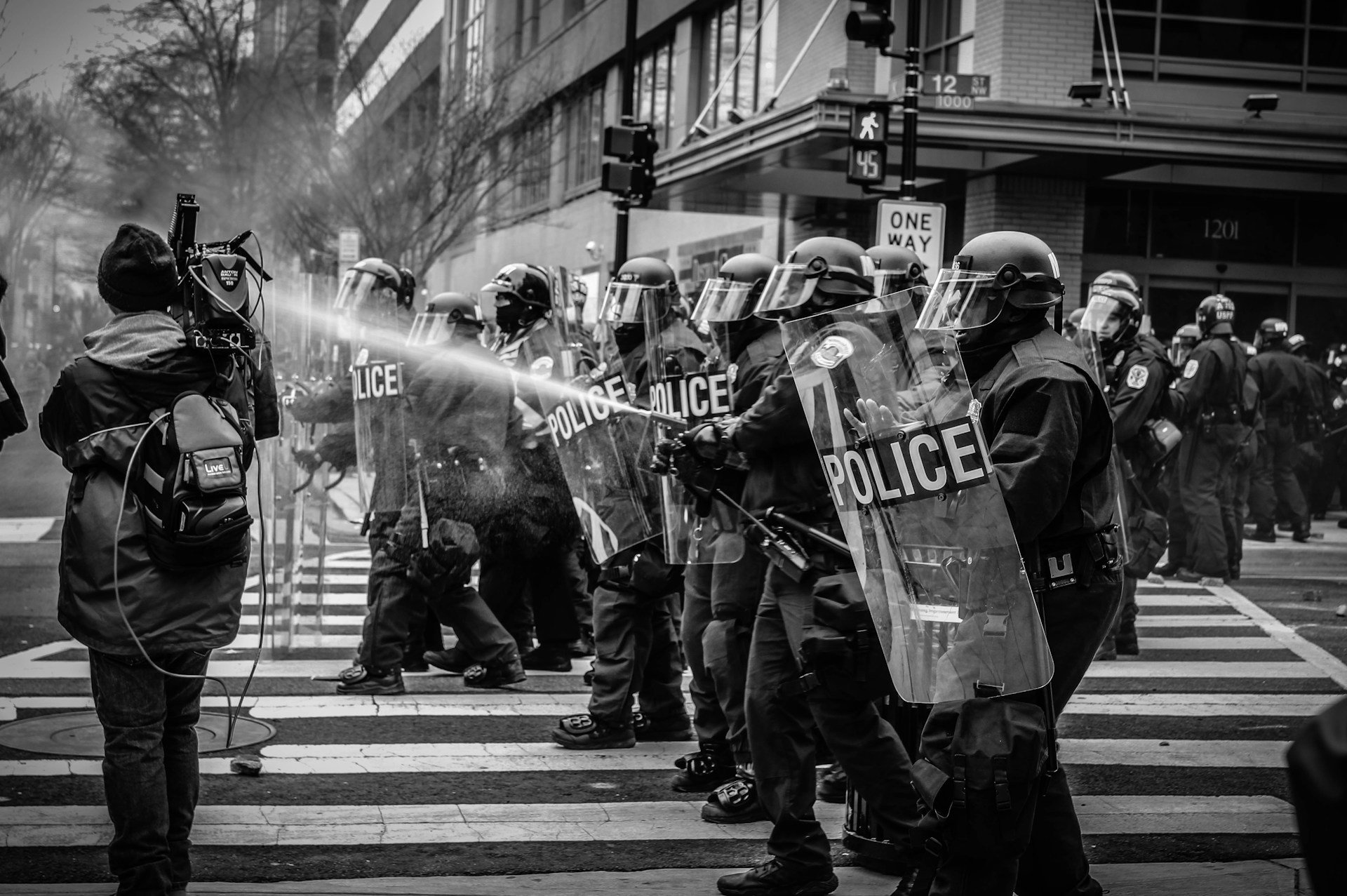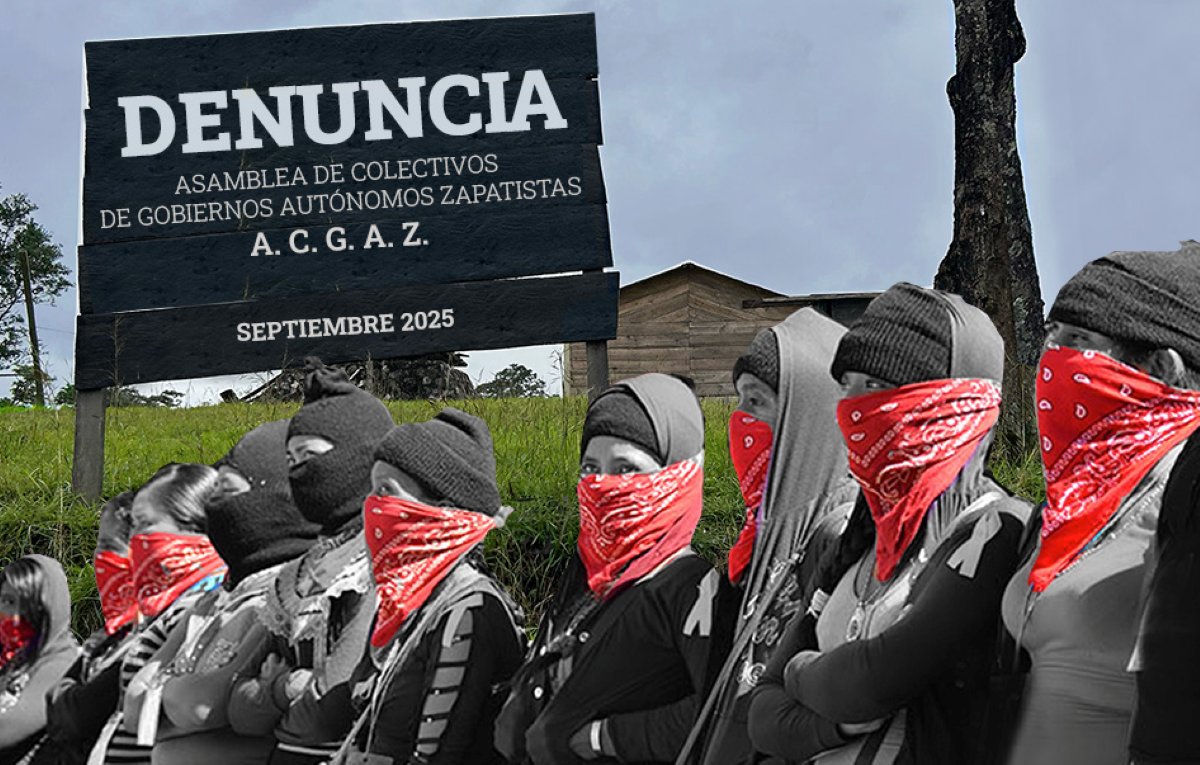Filed under: Analysis, Disability and Ableism, Featured, Incarceration, White Supremacy

In this critical analysis, the author examines how prison and police abolition intersect with madness and disability, and calls for increased movement solidarity in the fight against racial capitalism. To read the first part of this essay, go here.
In 2020, police abolition erupted into popular discourse following the murders of George Floyd, Breonna Taylor, Tony McDade and others. With one out of four U.S. prison inmates testing positive for COVID-19, calls for prison abolition have also attained a new prominence. We want to abolish these systems of violence – but what would that mean for the psych ward?
This essay explores possible responses to that question in two parts. This is part two, which focuses on the ways we fight for mad and disabled communities while creating an abolitionist future. Part one focused on the intersections between abolition, madness and disability.
De-instutionalization as Abolition
If it seems impossible to re-imagine a world without prisons, we should consider what happened during de-institutionalization – the closing of state run hospitals for mad people and those with physical, developmental and intellectual disabilities. In 1955, the number of people incarcerated in U.S. institutions was over a half a million people in 1955. By 2000, this number dropped below one hundred thousand.
There is a historical narrative/myth that these ex-inmates left the state hospitals only to end up on the streets or in jails and prisons. The rise of neoliberalism, the economic austerity of Ronald Reagan, and the subsequent rise of the prison industrial complex contributed to de-institutionalization – but this is not the full story. De-institutionalization was also a result of social movements, enacted through a diversity of tactics including litigation, consciousness raising, militant organizing, hunger strikes, demonstrations and sit-ins, and the creation of peer-run autonomous spaces like the Center for Independent Living in Berkeley, California and the Mental Patients Liberation Front in Boston.
@WesternMassRLC PANEL ANNOUNCEMENT: Futures Without Policing! 12/16, 6-7:30pm Eastern via Zoom. Register/learn more here: https://t.co/6asrT5vUc4 Panelists to include Stephany Marryshow, Simbrit Paskins, Jason Montgomery, Jose Adastra, & Ang Roell. Facilitated by Kent Alexander. pic.twitter.com/xjGNoycrSm
— Wildflower Alliance (@WldflwrAlliance) December 11, 2020
The histories of our movements are marginalized, but they are not forgotten. Movies like Defiant Lives and Crip Camp, currently on Kanopy and Netflix respectively, reveal how disability rights activists fought for de-institutionalization and civil rights (which culminated in the passage of the American Disabilities Act of 1990). “Disability Justice – a working draft” by Patty Berne and “This is Disability Justice” by Nomy Lamm recount the transition from disability rights to disability justice, an intersectional movement centering queer, trans and non-binary people of color. Of Unsound Mind offers a timeline of psychiatry and its relationship to prisons and police, and a history of radical ruptures in psychiatry. Archival issues of Madness Networks News shows our history of militant organizing, including the fight against psych hospitals, and the podcast “Madness Radio” contains current movement perspectives.
“By understanding [de-institutionalization] as a history of (not only but also) abolitionist practices, I argue that de-institutionalization is not only a historical process but a logic,” writes Liat Ben-Moshe in Decarcerating Disability. “It was something that people fought for, and won. It was, and still is, a fraught process, but it is also a cautionary tale of success.” For abolitionists, this is history worth understanding.
Strategies for Organizing (and False Alternatives)
What lessons can we learn from de-institutionalization – what was effective, and where did we fail? When mad and disabled communities engage in prison and police abolitionist struggles, this necessarily reframes our goals because any “solution” that moves people out of jails and prisons but back into hospitals is unacceptable. As Liat Ben-Moshe writes:
Recent critiques of solitary confinement and supermax facilities (the solitary incarceration of people in a cell the size of a closet for twenty- three hours a day for months and sometimes years) call for screening for mental health issues and the release of those with such issues from these types of confinement. Such advocacy could be a great case of coalition between prison abolitionists and disability/madness activism. But calling for certain populations to be released from jails and prisons often sends them to be reincarcerated in other institutions or by other means, including by forced drugging or by indefinite detention in detention centers, psychiatric hospitals, or psych forensic units.
Likewise, pamphlets (or policies) that offer alternatives to 911 must be thoroughly researched before dissemination. Despite evidence that forced hospitalization actually increases the likelihood a person will attempt suicide, many suicide hotlines – like the National Suicide Prevention Lifeline – respond to “safety” concerns with carceral logic. In other words, if you talk too much about wanting to die, the hotline itself might call the cops on you (or they might call emergency services, and police often show up alongside EMS). The same is true of most mobile crisis intervention units, which were platformed as the “solution” to police reform during the 2020 uprising for Black lives. This is concerning because police regularly murder people – including Miles Hall and Patrick Warren, Sr. – during so called “mental health checks.”
Peer-run warmlines, which are run by people with lived experience of psychiatric diagnosis, are less likely to call 911. The Wildflower Alliance peer support line “does not collect personal information, perform assessment, or call crisis or the police.” Nor does the Trans Lifeline, which is run by and for trans and non-binary communities, call the police without consent. But warmline practices vary – when in doubt if a warmline works with police, and under what circumstances, just ask.
In our fight against carceral systems, we must reject false alternatives, which flourish amidst a lack of imagination and dreaming. But what are the real alternatives? Examining how abolitionists have shifted public discourse to include conversations about police and prison abolition in recent years, mad and disabled communities can look to these movements and their tactics for furthering our struggles together.
We must ask ourselves what we have to offer, and what we need to learn, in the fight against racial capitalism. Can we join panels and discussions focused on abolition? Can we offer Know Your Rights trainings focused on avoiding police violence and forced hospitalization? What are the prisoner solidarity efforts – including outreach campaigns and books to prisoner programs – we can use for folks incarcerated in state hospitals? We could strengthen connections between those experiencing hospitalization and those on the “outside,” while also supporting anyone subjected to court-ordered medication, police terror, and more.
We can also submit reportbacks of direct action against psychiatric oppression to autonomous news sites like It’s Going Down – and IGD editors can actively seek these submissions. Mad and disabled communities can help with phone zaps to the Department of Corrections, and anti-prisoner organizers could support initiatives like MindFreedom’s Shield program, which mobilizes public support for individuals experiencing forced hospitalization.
In psychiatric settings, a patient who doesn’t cooperate with their treatment plan is called “non-compliant.” We become non-compliant when we refuse to accept the narratives of racial capitalism, and it’s through non-compliance that we dream another world into existence. By working alongside movements focused on prisons and police, we can address the roots causes of carceral logic and support collective efforts to abolish systems of violence, exploitation, and control wherever they are found.
Autonomous Spaces and Imagination
Since the 1970s, mad and disabled communities have created their own peer-run autonomous spaces. These are abolitionist spaces, which were historically central to the fight for de-institutionalization. Contemporary “peer support” programs often exist within, and in service of, the mental health system, but peer-run spaces like the Wildflower Alliance in Western Massachusetts remain free from clinical oversight or control.
Everyone in the Wildflower Alliance community, including staff, have their own lived experience of madness, psychiatric diagnosis, trauma, homelessness, addiction, and other challenges. There are community spaces where people can hang out, use a computer or work out in the community-run gym. There are peer-run support groups, like the Alternatives to Suicide groups, where people are free to talk about their experiences without fear of someone calling the cops. (Many of these groups are currently meeting online due to the pandemic.)
The Wildflower Alliance also runs a peer-run respite called Afiya, which serves as alternative to psychiatric hospitalization. In contrast to traditional clinical settings, there is no one taking notes or writing a treatment plan for you because at Afiya, self-determination is understood as a crucial to healing. All of the spaces and groups run by the Wildflower Alliance, including Afiya, are offered to the community at no cost.
Building spaces like the Wildflower Alliance is an essential part of abolition, but we don’t always need a nearby autonomous space to create non-hierarchical healing in our relationships. During the coronavirus pandemic, Elliott Fukui outlined tools for “Surviving the Apocalypse Together!” with a focus on creating wellness teams/pods for friends to support each other during crises. The Intentional Peer Support model, which is rooted in mutuality and respect, also offers non-coercive ways of responding to distress and other human experiences.
Racial capitalism supports power structures that are rooted in profit – “helping” becomes a profession, rather than an organic part of communities. While questioning our own heroic fantasies of “saving” people from their distressing experiences, we should reject the narrative that only specialized “experts” are qualified to supporting people. The revolution happens in our relationships, here and now, and hanging with our friends during hard times is essential to building a new world.
Mad movements also question narratives of pathology. In the Hearing Voices Network, for instance, there are many people who experience voices or visions but do not attribute these experiences to a particular “diagnosis.” Mad solidarity means supporting individuals to define their own experiences, and to make autonomous decisions about their lives. This includes choosing to take psychiatric medication, or not. Resources like The Withdrawal Project and the Harm Reduction Guide to Coming Off Psychiatric Drugs support folks wanting to cease or reduce medication.
Movement Communities and Healing
Movements are riddled with issues such as individual burnout and tyrannies of toxic organizers. There’s no doubt that we need more healing in our movements, but this won’t happen through “self-care.” Self-care is a product of racial capitalism, offering “tools” designed to help overworked “employees” cope with the stress – without ever addressing the root causes of the stress. In lieu of self-care, we could develop a culture of collective care. As Leah Lakshmi Piepzna-Samarasinha writes in “A Not-So-Brief Personal History of the Healing Justice Movement”:
Collective care means shifting our organizations to be ones where people feel fine if they get sick, cry, have needs, start late because the bus broke down, move slower; ones where there’s food at meetings, people work from home, and it’s not something we apologize for. It is the way we do the work, which centres disabled femme of colour ways of being in the world, where many of us have often worked from our sickbeds, next to our kids’ beds and our too-crazy-to-go-out-today beds. Where we actually care for each other and don’t leave each other behind.
Parallel to this understanding of collective care is the social model of disability, which is contrasted against the medical model of disability. In Cory Silverberg’s interview of Patricia Berne, Patricia explains, “The medical model of disability says the ‘problem’ is located in the bodies, and the solution is to change or eliminate our bodies.” In contrast, the social model of disability insists that barriers to access don’t exist at the level of the individual. It is ableist culture/racial capitalism that creates disability.
To bring healing into movement spaces, reach out to mad and disabled comrades and communities! We already know ways forward. Sins Invalid has published “Access Suggestions for Public Events” and “Access Suggestions for Mobilizations” intended to support accessibility in our movements. “Invite us, strategize with us, bring all your skills and strengths,” reads the latter guide. “Don’t forget us. We are central to this movement and the future we are creating together.”
For abolitionists and other social movements wanting (or needing) to engage with disability justice and the fights against psychiatric oppression, learn our histories. Share what you learn with comrades, and encourage movement blogs, podcasts, infoshops and bookstores to amplify our struggles. We can learn from each other’s tactics, histories, and our collective successes and failures in abolition. It is together that we must fight for liberation. We don’t need to wait for the entire world to change – we can create an abolitionist future, here and now, in our relationships, movements, and communities. For a world without prisons, police or psych wards!
If you are interested in madness, disability, and abolition and would like to say hello, please write to madresistance@protonmail.com.
photo: Alexandru Acea via Unsplash





